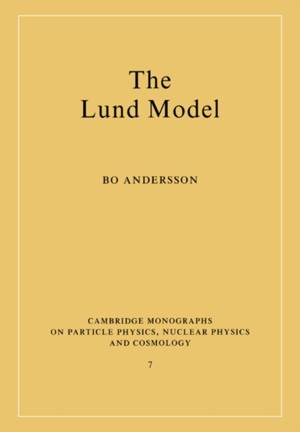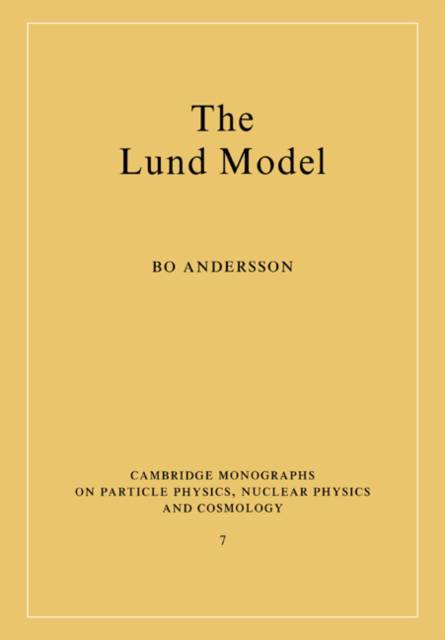
- Afhalen na 1 uur in een winkel met voorraad
- Gratis thuislevering in België vanaf € 30
- Ruim aanbod met 7 miljoen producten
- Afhalen na 1 uur in een winkel met voorraad
- Gratis thuislevering in België vanaf € 30
- Ruim aanbod met 7 miljoen producten
Zoeken
Omschrijving
The Lund model, inspired by quantum chromodynamics, has provided a very promising approach to the dynamics of quark and gluon interactions. Starting with a brief reprise of basic concepts in relativity, quantum mechanics of fields and particle physics, Dr. Andersson discusses the dynamics of the massless relativistic string, confinement, causality and relativistic covariance, Lund fragmentation processes, QED and QCD Bremsstrahlung, multiplicities, and particle-parton distributions. Throughout the book, theory confronts current experimental data, and considers implications for future experiments. The book also explores the relationships between the Lund model and other models based on field theory (the Schwinger model, S-matrix models, light-cone algebra physics, and variations of the parton model) and models based on statistical mechanics (the Feynman-Wilson gas, scaling, iterative cascade models). This is a unique monograph for those working in theoretical and particle physics.
Specificaties
Betrokkenen
- Auteur(s):
- Uitgeverij:
Inhoud
- Aantal bladzijden:
- 484
- Taal:
- Engels
- Reeks:
- Reeksnummer:
- nr. 7
Eigenschappen
- Productcode (EAN):
- 9780521017343
- Verschijningsdatum:
- 7/07/2005
- Uitvoering:
- Paperback
- Formaat:
- Trade paperback (VS)
- Afmetingen:
- 170 mm x 244 mm
- Gewicht:
- 762 g

Alleen bij Standaard Boekhandel
+ 245 punten op je klantenkaart van Standaard Boekhandel
Beoordelingen
We publiceren alleen reviews die voldoen aan de voorwaarden voor reviews. Bekijk onze voorwaarden voor reviews.











